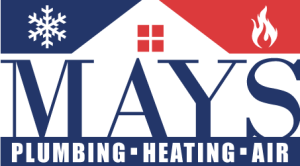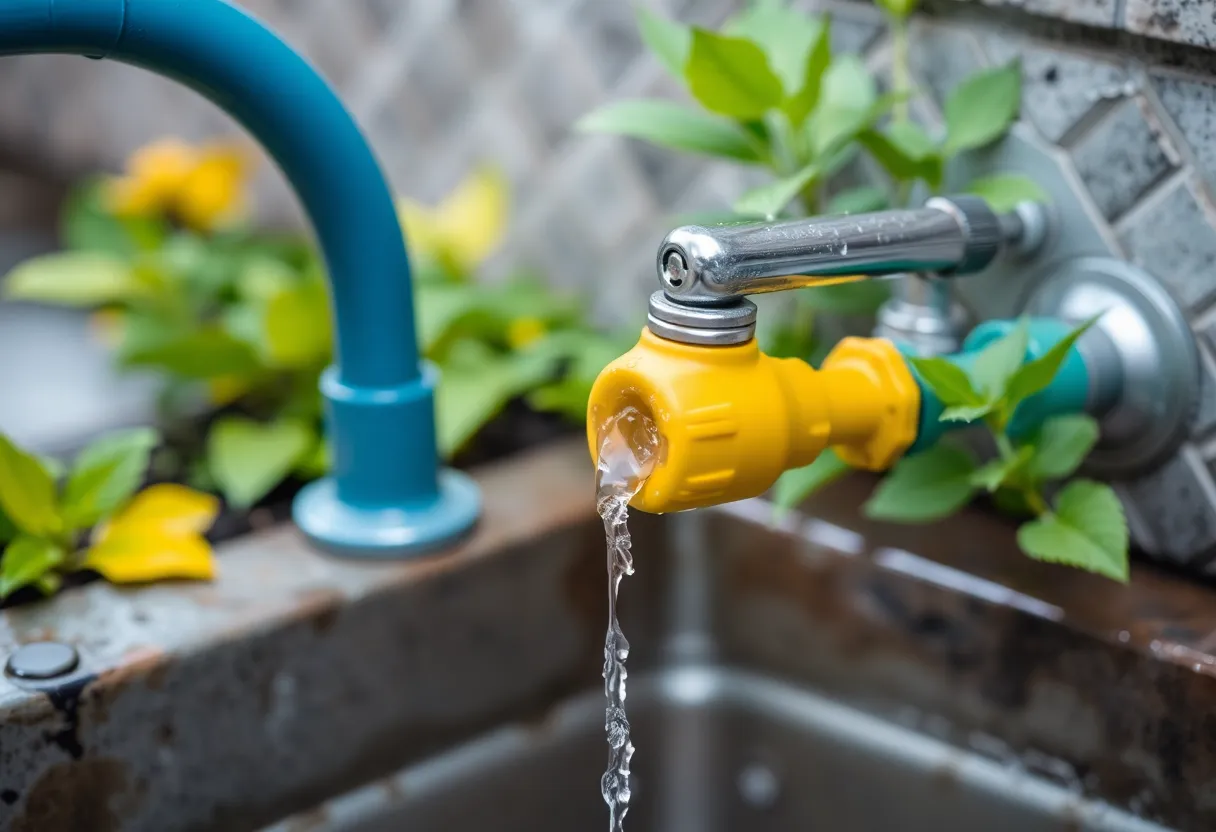The Leak Detective: 7 Signs Your Plumbing Needs Immediate Attention
When it comes to plumbing, a minor issue can quickly escalate into a major headache if not addressed promptly. But how do you know when your plumbing really needs urgent attention? Many homeowners are unaware of the early warning signs that could prevent costly damage and repairs. This article will help you identify the _tell-tale signs_ that indicate your plumbing needs immediate attention. Let’s dive into the seven signs that might just make you the next leak detective in your own home!
1. Unexplained Water Bills
One of the first signs that your plumbing may be malfunctioning is an unexplained spike in your water bills. If you notice a *significant increase* in your water usage without any change in habits, it could be a sign of a leak somewhere in your plumbing system. Here’s what to look for:
- Review your bills consistently for any apparent spikes.
- Utilize your water meter to track usage; check for any usage when all faucets and appliances are off.
If you’re noticing unusual patterns in your water bills, don’t dismiss them. Investigate further. A leak might be occurring in hidden pipes, and the sooner you discover it, the less damage you’ll incur.
2. Damp or Wet Spots on Walls and Ceilings
Have you noticed _damp spots_ or _wet patches_ on your walls or ceiling? These can indicate that water is pooling behind or within the structure—often the sign of a serious plumbing leak. Water can travel along walls and ceilings, creating visible stains that can lead to mold if not addressed. Here’s what to do:
- Examine the areas that appear damp for signs of mold or mildew.
- Check for cracks or peeling paint, which can suggest significant moisture issues.
Should you identify any damp patches, consult with a plumbing professional to identify the root cause of the leak.
3. Mold and Mildew Growth
If you’re discovering mold and mildew in your home, this is more than just an aesthetic issue—it’s a _health hazard_ that indicates an underlying plumbing problem. Mold requires moisture to thrive, so its presence often suggests a leak. Key points to consider include:
- Inspect areas prone to moisture, such as bathrooms, basements, and attics.
- Note areas where mold reappears even after cleaning—this is a sign that the moisture issue hasn’t been resolved.
Additionally, it’s crucial to address the mold while tackling the plumbing issue; otherwise, it can pose serious health risks to you and your family.
4. Low Water Pressure
Do you find that your faucets and shower heads are producing a weak stream of water? This can be an indication of a few possible issues. Low water pressure often means:
- A hidden leak in the plumbing system.
- Clogged pipes that prevent water from flowing freely.
- A problem with the municipal water supply.
Begin troubleshooting by checking multiple faucets. If you observe low water pressure in just one location, it may be a localized plumbing issue. However, if multiple fixtures are affected, it’s often time to reach out to a professional plumber.
5. Sounds of Running Water
Do you hear the faint sound of running water when no faucets are turned on? This could indicate an _invisible leak_ somewhere in your plumbing system. Here are a few ways to determine if this is indeed an issue:
- Listen carefully for the sound of water running, especially in quiet times.
- Check your water meter—if it ticks while everything is turned off, a leak is likely present.
Ignoring this sound can lead to increased water costs and possibly significant damage to your home, so it’s essential to investigate further.
6. Discolored Water
If your water looks rusty or discolored, it may not just be an aesthetic issue; it could also signal a plumbing problem. _Rusty-colored water_ often points to corroded pipes or potential leaks. Consider these points:
- Run the tap for a few minutes to see if the discoloration resolves.
- Consult with a professional if discolored water persists, as it can also indicate contamination or more serious plumbing issues.
Discolored water can not only be unsightly but also unsafe. Before consuming or using the water, ensure it’s tested or treated appropriately.
7. Foul Odors
Lastly, if your home has sudden foul odors, this is a strong indication of plumbing problems. Bad smells are often linked to:
- Broken sewer lines or leaks in your wastewater plumbing.
- Blocked vents and drain issues.
- Trapped food within plumbing fixtures.
To diagnose the odor:
- Trace the smell to particular areas of your home—bathrooms and kitchens are common culprits.
- Check if the smell seems stronger near plumbing fixtures.
Foul odors are not just unpleasant; they can signal serious plumbing issues that must be addressed quickly to ensure the safety and health of your household.
Conclusion: Be Vigilant and Proactive
Your home is often your largest investment, and protecting it from plumbing issues is crucial. By being vigilant and proactive, you can catch potential problems before they escalate into full-blown disasters. Keep an eye out for the signs discussed:
- Unexplained water bills
- Damp or wet spots on walls and ceilings
- Mold and mildew growth
- Low water pressure
- Sounds of running water
- Discolored water
- Foul odors
Should you notice any of these signs, don’t hesitate to consult a plumbing professional. Taking early action can save you time, money, and the stress of dealing with major repairs. Remember that being a _leak detective_ in your own home helps you maintain a safe and healthy environment for you and your family!












